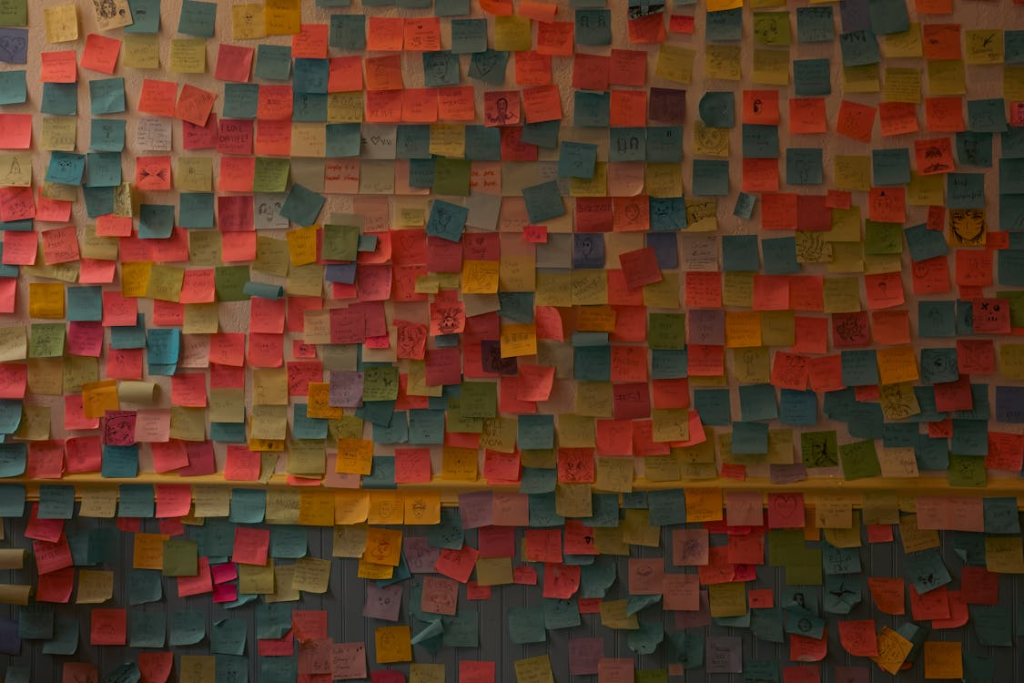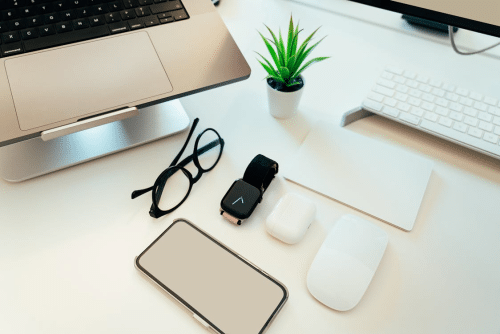Messy Notes Often Lead to Breakthroughs
July 30, 2025
In an age dominated by productivity apps, minimalist bullet journals, and neatly color-coded digital messy notes, messy note-taking might seem outdated—inefficient, even. But a growing body of research and anecdotal insight suggests the opposite: unstructured, disorganized notes often serve as unexpected incubators for creative insight and problem-solving. Messy notes can unlock new perspectives precisely because they defy tidy categorization. They reflect how the human brain actually works—nonlinear, fragmented, and full of associations.

The Value Hidden in Chaos
Creative breakthroughs rarely happen in a straight line. They’re born from zigzagging thoughts, half-baked ideas, and unexpected associations. When we jot things down in the heat of inspiration or frustration, we’re not trying to impress anyone; we’re capturing raw material. These raw messy notes, full of crossed-out words and marginal thoughts, often preserve insights we wouldn’t have remembered otherwise. What looks like a mess now can, in hindsight, map out the beginnings of a transformative idea.
Researchers studying creativity have noted that people who keep fragmented and unstructured messy notes tend to revisit them in non-linear ways. This openness to randomness increases the chance of spotting patterns that a tidy system might smooth over. When you allow your brain to work through confusion and curiosity on paper (or screen), you’re giving it permission to explore possibilities rather than rush to conclusions.
Notebooks as a Thinking Environment
Think of your messy notes as an external thinking space—a place where your ideas get to stretch, conflict, and morph. Psychologist and writer Sönke Ahrens, in his book How to Take Smart Notes, emphasizes the power of having a note-taking process that’s idea-centered rather than format-centered. It’s not about filing everything perfectly; it’s about capturing what matters and letting ideas evolve through interaction over time.
The Zettelkasten method, made famous by sociologist Niklas Luhmann, is a prime example. His messy note cards were anything but tidy, but they held decades of intellectual development. By linking ideas across contexts without rigid hierarchy, Luhmann allowed surprising insights to emerge organically—something a cleaner system might’ve prevented.
Embracing Mental Clutter
Messy notes often reflect an unfiltered version of our cognitive landscape. This is particularly useful when working through complex or emotionally charged problems. Journals filled with unfinished sentences and mind maps that loop back on themselves show evidence of a brain refusing to settle for surface answers. When you’re not trying to be neat, you’re more honest. And honesty in note-taking often leads to clarity down the line.
The habit of labeling everything or expecting perfect categorization can suppress the very connections you need for creative leaps. This is why design thinking frameworks, used in many innovation labs, encourage rapid sketching, stickies, and scribbled flows before attempting structure. You build clarity through movement, not stillness.
Mess Doesn’t Mean Mediocrity
There’s a persistent myth that great thinkers are always organized. But if you look at the notebooks of Einstein, da Vinci, or Virginia Woolf, you’ll see scattered phrases, strange diagrams, and odd juxtapositions. What matters isn’t the formatting—it’s the willingness to put something down before it’s fully formed.
Digital tools like Obsidian, Roam Research, and Notion now allow for even more fluid types of note-making. These platforms embrace linking, free association, and modular thinking. You don’t need to be linear. You just need to be present. The beauty of messy notes is that they give you permission to be unfinished and to change your mind.
How to Work With Your Own Chaos
Messy note-takers don’t have to turn into chaotic thinkers. Instead, they can learn to trust that breakthroughs often come from the tension between confusion and curiosity. Here are a few ways to make your messy notes work for you:
- Review regularly. Don’t just write and forget. Revisit your scribbles with fresh eyes and see what stands out.
- Highlight contradictions. When two thoughts don’t agree, ask why. That’s often where innovation hides.
- Don’t over-organize too soon. Let things stay messy until a pattern emerges on its own.
- Use tagging or linking lightly. Add just enough connection to find your way back later without forcing order.
Final Thoughts
Messy notes are not a flaw—they’re part of the creative process. They reflect a human brain actively seeking meaning, even when the structure hasn’t caught up yet. The next time you find yourself writing something that feels jumbled or disjointed, don’t rush to delete or tidy it. That fragment might be the starting point of something meaningful.
Some of the best insights in history were scribbled in the margins, buried in the mess. So keep your pens moving, your thoughts wandering, and trust that the clutter might be doing more than you think.
References:
Vohs, K.D., Redden, J.P., & Rahinel, R. (2013). Physical order produces healthy choices, generosity, and conventionality, whereas disorder produces creativity. Psychological Science, 24(9), 1860–1867. https://doi.org/10.1177/0956797613480186
Harvard Business Review. (2016). Why You Should Have a Messy Desk. https://hbr.org/2016/09/why-you-should-have-a-messy-desk
Scientific American. (2013). The Virtues of Messiness. https://www.scientificamerican.com/article/the-virtues-of-messiness
Lehrer, J. (2012). Imagine: How Creativity Works. Houghton Mifflin Harcourt.
Fast Company. (2015). Why Messy People Are More Creative. https://www.fastcompany.com/3041643/why-messy-people-are-more-creative





